Quicklinks
Quicklinks

Green hydrogen, as a versatile source of energy, is a true all-rounder for the future. It is generated by electrolysis of water using electricity from renewable sources, usually wind or solar power. When used for energy, it can be electrochemically converted to electricity in fuel cells. It can be burned in engines or serves as a basis for various liquid fuels – the coveted e-fuels. This element is expected to play a key role in the many transformation processes of the energy transition.
Green hydrogen is also extremely important for HHLA. On the one hand, the company itself is relying on the energy carrier as it moves towards climate neutrality. In addition, the Port of Hamburg and other HHLA sites have great potential as future hubs for hydrogen logistics.
The logistics company consistently promotes the corresponding development of technology and infrastructure. The HHLA Hydrogen Network was launched as early as 2020. It forms the framework for all of HHLA’s hydrogen activities. The Clean Port & Logistics innovation cluster (CPL) followed in 2022. Under the leadership of HHLA, international companies from a variety of sectors from container logistics to the automotive industry research and test various aspects of hydrogen use here.

“The goal of our work is to accelerate the market maturity of hydrogen technology through direct application in real-world operations.”
Janne Oeverdiek is the Manager of the innovation cluster. He says: “We now work with more than 40 companies from a wide variety of sectors. These include equipment manufacturers, logistics companies, academic partners, renewable hydrogen producers, software companies, and filling station manufacturers. Our goal is to promote hydrogen technology in the long term by accelerating its market maturity through realistic operational testing.”
This approach benefits all participating companies and organisations. The practical data provides them with important decision support for the decarbonisation of their own processes, and they can test the everyday suitability of their products and infrastructure solutions in HHLA’s flagship project.
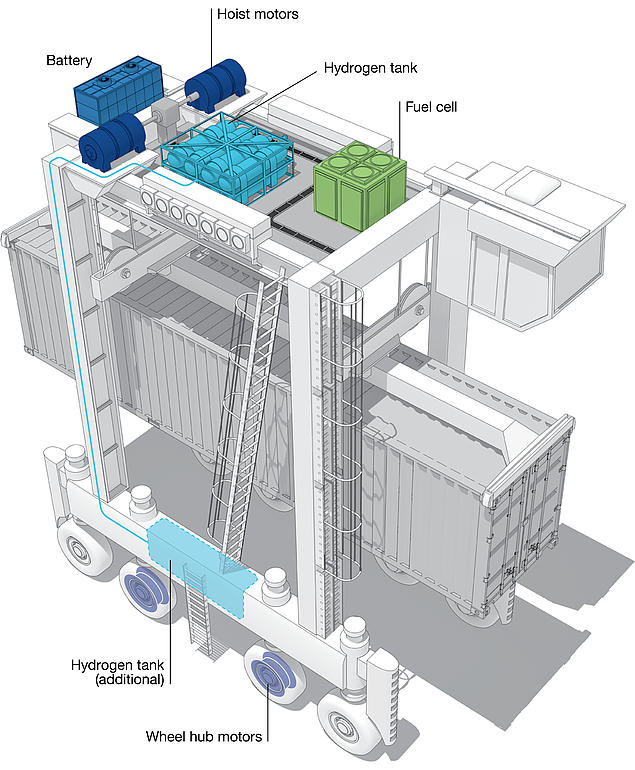
The fact that numerous partners with so many different solutions are participating in the innovation cluster reflects the new reality of energy technology. Hydrogen technology will be only one of several applications for carbon dioxide-neutral energy technology in the future.
“Wherever it makes sense to electrify, you should do so. Yet there are many sectors where electrification is not easily possible. This is where hydrogen-based solutions show their strengths,” says Monja Grote, Project Manager in the HHLA Hydrogen Network. As an example from the port logistics sector, she cites large equipment for container logistics such as straddle carriers. These long-legged container transporters have already had electric traction and hoist motors for some time. Up to now, their electricity has been supplied by generator-linked diesel engines called gensets. In future, a fuel cell will convert hydrogen into electricity electrochemically to power the motors. Furthermore, the new generation of straddle carriers will have batteries on board to store electrical energy that is gained through recuperation. This occurs, for example, during braking or when containers are discharged.
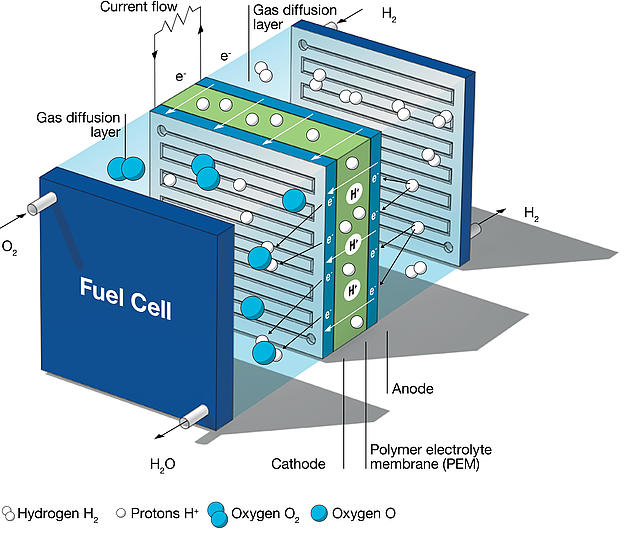
“Hydrogen will become more important in ports and in logistics in general,” Dr Georg Böttner, who is responsible for hydrogen in the Group, agrees. He notes that the advantages of this energy source include emission-free operation, fast filling processes and longer operating times. “Employees also benefit from electrically-powered equipment that get power from fuel cells. This equipment generates significantly less noise, vibrations and exhaust fumes than a combustion engine.”
How this might look in concrete terms will be visible at Container Terminal Tollerort (CTT) beginning in 2023. This year, HHLA and Linde will start operating a hydrogen filling station here that can supply vehicles with hydrogen gas compressed to 350 bar. The filling station is part of a testing ground of the Clean Port & Logistics innovation cluster. It is a measure of the cluster test operation, scheduled for 2023 to 2025.
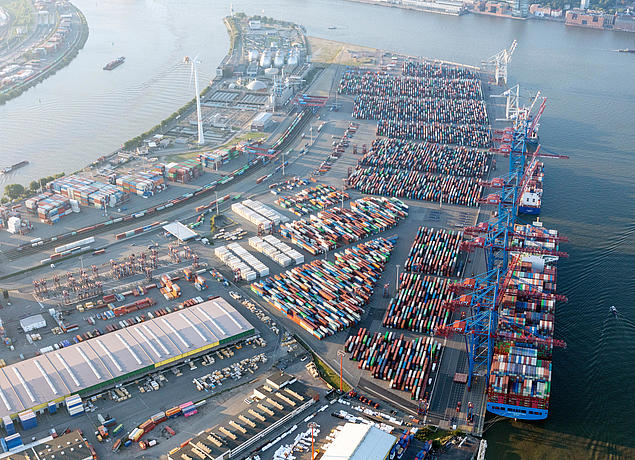
When, in the next few years, one of these straddle carriers docks at the facility with the distinctive pressure accumulators, a connection will be established between the supply station and the vehicle, like at a normal petrol station. The gas, produced with renewable energy, will then flow into the tanks of the huge vehicle. The fuelling process takes just a few minutes; the carrier resumes work; and the filling station is ready for the next vehicle. This could be a self-driving transporter or a long-distance truck with fuel cells or hydrogen engines. “We are in discussion with various equipment manufacturers who want to test their prototypes on the testing ground,” explains CPL Manager Janne Oeverdiek. “The cluster will then prepare and evaluate the tests.”
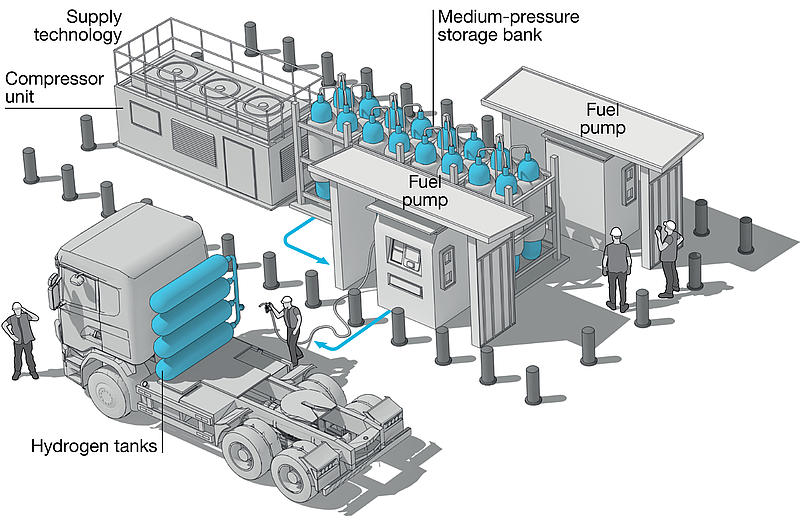
Wouldn’t it be easier to replace fossil fuels with liquid e-fuels that are produced without emissions? Then existing refuelling infrastructures could continue to be used – but there is a problem. The fuel, which is also extracted from hydrogen at great expense, will not be available in sufficient quantities or at competitive prices. Thus the energy supply transformation requires a variety of alternative strategies, one of which is the use of hydrogen.
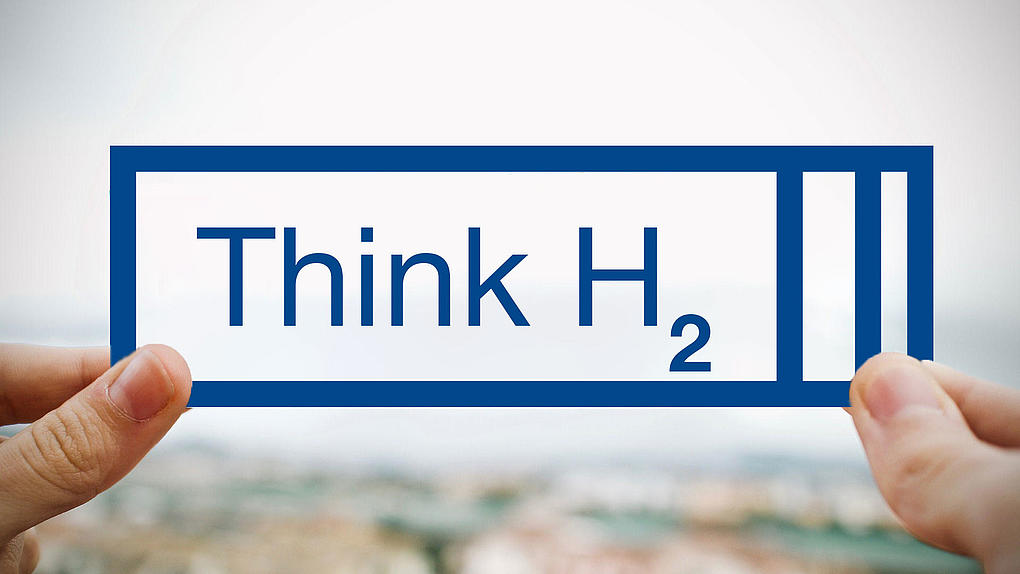
As part of its sustainability strategy, HHLA aims to become climate-neutral by 2040. Hydrogen makes a significant contribution to this as an energy carrier. We present the HHLA projects to achieve this.
Read more“Many players have high hopes for hydrogen when it comes to making entire sectors emission-free,” says Oeverdiek. For HHLA, green hydrogen represents not only an energy source but also a promising commodity. And this commodity will largely be imported. “An estimated 60 percent of the hydrogen needed in Germany must be imported and distributed in the hinterland,”, explains Monja Grote. For this reason, the company also deals with the import, handling and transport of the environmentally friendly gas. “In doing so, we can draw on our existing intermodal network as well as our strengths as a logistics company,” says the expert.
The German National Hydrogen Council has estimated that the demand for green hydrogen in the Federal Republic would already reach the gigantic volume of 600 to 800 terawatt-hours by 2045. Demand comes from various industry sectors including the mobility sector and the heating energy sector. Separating generation from use is also important to customers. This is hydrogen’s clear advantage compared to the direct use of solar and wind energy.

“Germany will not be able to cover its energy requirements in the future unless it imports green hydrogen.”
As long as no efficient large-scale storage tanks exist, the large majority of electrical energy must be used immediately. As a gas, hydrogen can be stored temporarily in many underground natural gas storage facilities, for example, or transported in frozen or chemically bound form by ships and tank containers. “It can therefore serve as a temporary energy reservoir and help to transport energy over long distances with little loss,” says Monja Grote.
Will the use of green hydrogen become widespread, or will the technology remain limited to certain applications? This is the question HHLA and its partners in the Clean Port & Logistics innovation cluster are asking themselves. They have created a rigorous action plan for the project that started in 2022. The results from the test operation currently underway (see graphic) are to be evaluated as early as the year after next and transferred into operating concepts for various locations.

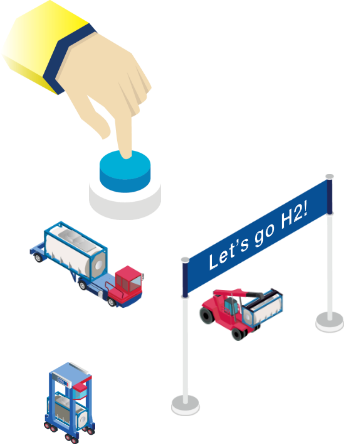
Test operation
Concrete trial concepts for operation, safety, maintenance and fuelling of the various devices are developed. They are then tested in operational use at a container terminal.


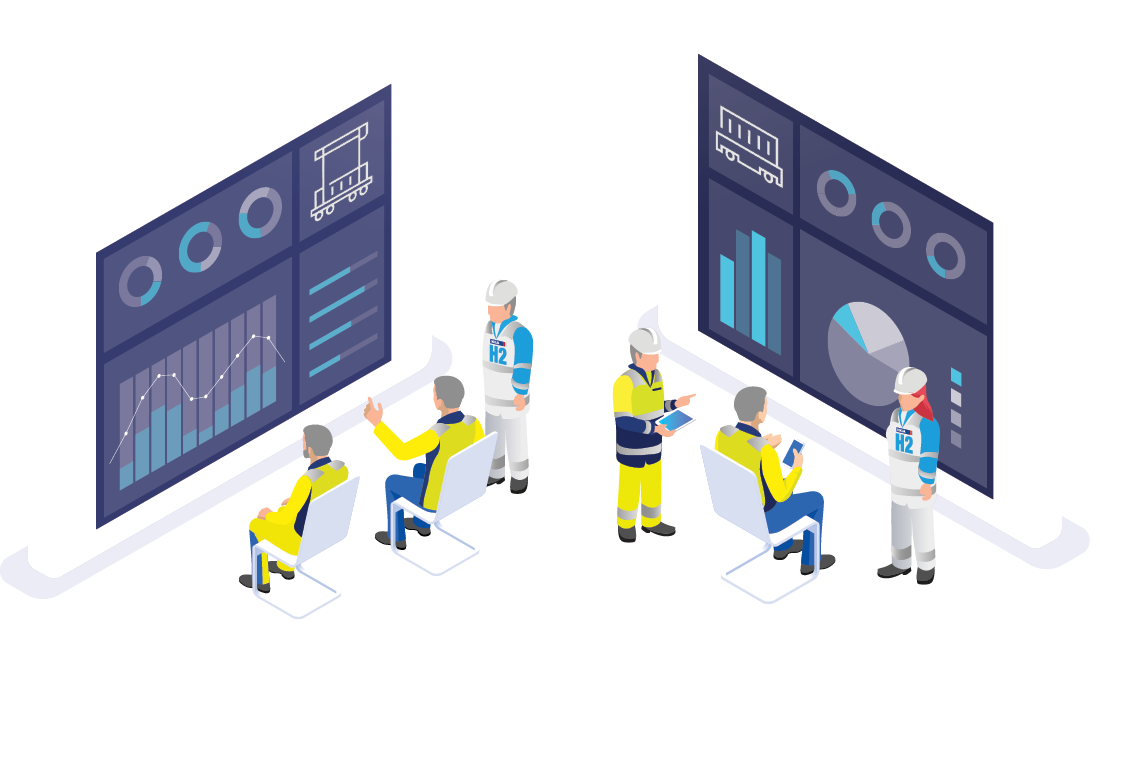
The innovation cluster is deliberately very broad in its focus. In addition to container and port logistics companies, it also includes manufacturers of vehicles and handling equipment, hydrogen producers, universities and research institutes, as well as municipalities. Its partners come from all over Europe, Asia and South and North America. A great advantage of the collaboration in the innovation cluster is that experiences and results can be exchanged directly and personally between the cooperation partners, explains Janne Oeverdiek. The issues that the cluster deals with are manifold: “In 2023, we are looking at how zero-emission logistics sites can be supplied with energy, and which solutions are most suitable for decarbonisation, for example.”
Germany is way ahead in the hydrogen economy, especially in terms of research. More than ten percent of the relevant patents worldwide are German, and just under one-third come from the entire European Union. When the future of hydrogen becomes more clear in the next few years, Hamburg and HHLA will be at the forefront of the technology.
In the Clean Port & Logistics Innovation Cluster (CPL), HHLA works with equipment manufacturers, port and container logistics companies, academic partners, renewable hydrogen producers and software companies, among others. Some of these are:
The Hyster-Yale Group is a global manufacturer of container stackers, forklift trucks and warehouse equipment. The Group develops electric port equipment that is powered by batteries and fuel cells. These include empty container stackers, reach stackers, storage container stackers and terminal tractors. Nuvera Fuel Cells, a subsidiary of the Hyster-Yale Group, offers fuel cell engines. These integrated systems consisting of a fuel cell and electric motor can be used in port equipment and other heavy vehicles such as buses.
Everfuel makes green hydrogen commercially available for zero-emission mobility and industry throughout Europe. The Danish company offers competitive complete solutions for hydrogen supply and fuelling infrastructure. Everfuel owns and operates its own green hydrogen infrastructure. This includes, among other things, production facilities, H2 trailers for distribution and H2 filling stations.
The Hamburg University of Technology (TUHH) conducts research in the area of sustainable energy systems. It focuses in part on the technical-economic evaluation of hydrogen supply chains and applications and on the modelling and analysis of power-to-liquid processes.
Contargo is an international logistics and service provider that carries out transport between seaports and the European hinterland in trimodal traffic with all associated additional services. In addition, Contargo examines the use of hydrogen in inland waterway ships, trucks, rail and terminal vehicles.
The Port of Los Angeles is one of the busiest seaports in the world. It is intended to use hydrogen in freight transport (ships, trucks, trains, cargo handling equipment and port vehicles). Initially, however, it will be used in heavy-duty vehicles and cargo handling equipment.